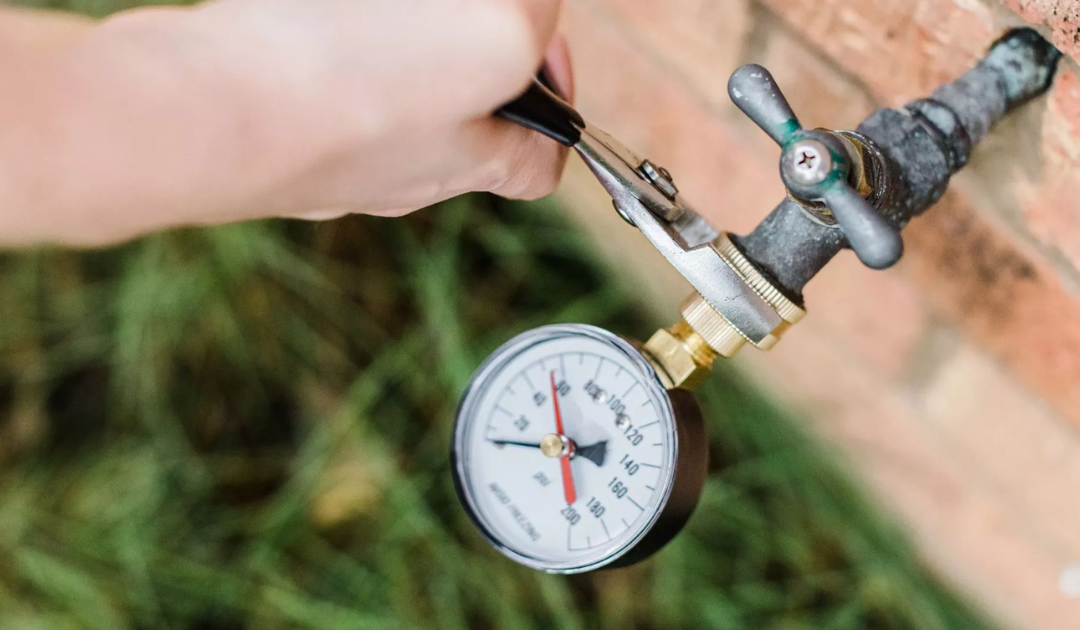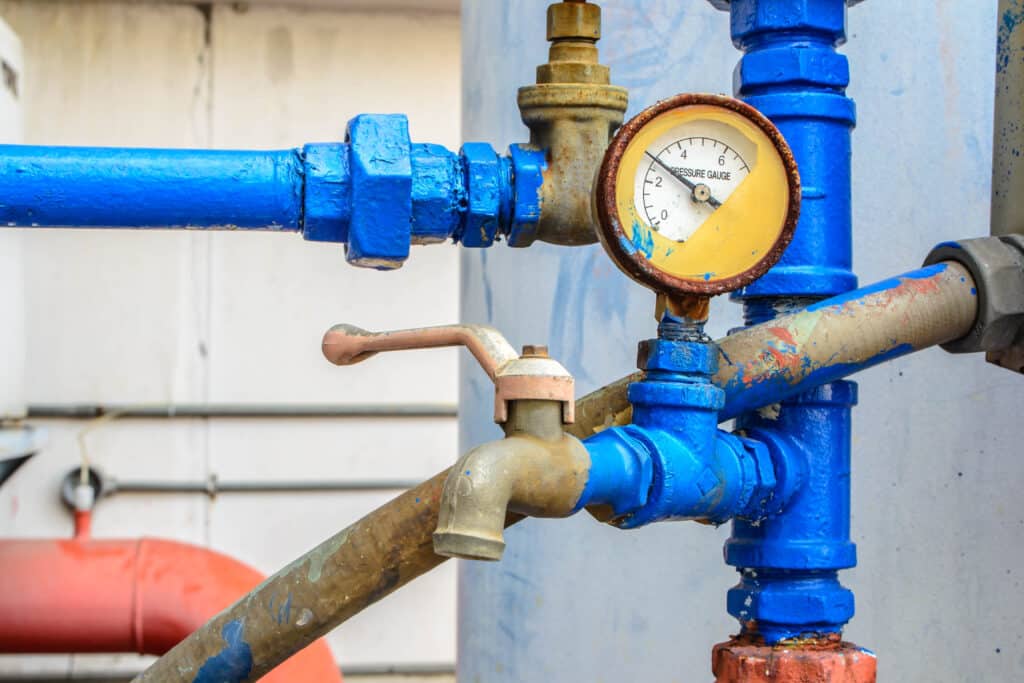Simple Steps to Enhance Low Water Pressure in Your Home
Simple Steps to Enhance Low Water Pressure in Your Home
Blog Article
They are making several good observations regarding Low Water Pressure in the House? overall in this post just below.

Low water pressure in your house can be an irritating trouble, influencing everything from showering to washing dishes. If you're experiencing weak water circulation, there are numerous feasible causes and options to discover. In this guide, we'll review usual reasons for low water stress and sensible steps to resolve the concern effectively.
Intro to Low Tide Pressure
Low water pressure takes place when the flow of water from your taps, showers, and various other components is weak than usual. This can make daily jobs much more tough and much less effective. Recognizing the reasons for low tide pressure is critical to finding the ideal remedy.
Common Causes of Low Water Stress
Pipe Obstructions
Gradually, pipes can become clogged with natural resource, sediment, or particles, restricting the flow of water. This is a typical issue in older homes with galvanized steel pipelines.
Rust
Corrosion within pipelines can result in leakages and lowered water pressure. Corrosion build-up can restrict water circulation, specifically in maturing plumbing systems.
Faulty Pressure Regulators
Pressure regulatory authorities are accountable for keeping consistent water stress in your house. If they malfunction, it can lead to low tide pressure or unequal flow throughout the house.
Municipal Supply Of Water Issues
Often, the trouble exists outside your home. Metropolitan water supply issues, such as main line leakages or maintenance work, can temporarily reduce water stress in your area.
How to Detect Low Water Stress
Examining Faucets and Fixtures
Beginning by checking the water stress at various faucets and components throughout your home. If the issue is separated to particular locations, it may suggest local problems.
Evaluating Pipes
Evaluate noticeable pipelines for indicators of leakages, deterioration, or obstructions. Pay attention to any kind of uncommon noises, such as banging or rattling pipes, which could indicate problems within the plumbing system.
Consulting with a Plumber
If you're not able to identify the source of low tide pressure, think about hiring a professional plumber to carry out a thorough inspection. They can identify underlying issues and recommend ideal solutions.
Do It Yourself Solutions to Repair Low Water Pressure
Cleansing Aerators and Showerheads
Mineral deposits can build up in aerators and showerheads, decreasing water circulation. Get rid of and cleanse these elements frequently to improve water pressure.
Flushing Water Heater
Sediment accumulation in the hot water heater can limit circulation and lower efficiency. Purging the tank periodically helps eliminate sediment and keep optimum efficiency.
Inspecting Pressure Regulatory Authority
Make certain that the stress regulatory authority is working appropriately. Adjusting or replacing the regulatory authority can assist bring back proper water stress throughout your home.
Clearing Clogs in Water Lines
For minor clogs, try using a plumbing snake or chemical drainpipe cleaner to clear blockages in pipelines. Be cautious when using chemicals and follow security guidelines.
When to Call a Specialist Plumber
If do it yourself efforts fall short to fix the problem or if you suspect significant plumbing troubles, it's best to look for help from a licensed plumber. They have the know-how and devices to address complicated problems securely and successfully.
Preventive Measures to Maintain Water Stress
Routine Upkeep
Set up routine maintenance for your plumbing system to avoid issues such as rust, leaks, and clogs. Attending to minor problems early can aid prevent more considerable repairs later on.
Mounting a Stress Booster
Consider installing a pressure booster pump to boost water pressure in locations with continually low flow. This can be especially valuable for multi-story homes or residential properties with high-demand components.
Surveillance Water Usage
Be mindful of water usage habits and avoid overtaxing the plumbing system. Straightforward changes, such as astonishing showers and washing tons, can aid keep adequate water stress.
Final thought
Taking care of low water stress can be aggravating, however identifying the underlying reasons and implementing ideal remedies can bring back optimal flow throughout your home. Whether it's cleansing aerators, inspecting pipelines, or speaking with a plumber, taking positive actions can ensure a stable supply of water for your day-to-day demands.
FOUR WAYS TO FIX LOW WATER PRESSURE NOW
Turning on a shower or faucet only to find the water comes out in a sad, slow drizzle is never a good feeling. How exactly are you supposed to wash a pan or take a quick shower when it takes 10 minutes just to rinse off a little soap? The good news is that when your water pressure is bad, there's always a cause: typically one that can be easily fixed. Here are some of the most common causes of low pressure and what you can do to fix the issue:
DEBRIS AND MINERAL DEPOSIT BUILDUPS
If you notice low water pressure from just one or two of the fixtures in your house, the problem likely has to do with debris buildup. Water is full of minerals and other debris, all of which can accumulate in your pipes and on your fixtures. This can cause a blockage that affects how much water flows through. To fix this, try filling a small plastic bag with white vinegar, and use a rubber band to hang it around your showerhead or faucet. Let the head of the fixture soak for a few hours, and the vinegar should loosen the deposits.
WATER LEAKS
Leaks are another common cause of low water pressure. If water is flowing out of your plumbing through a hole or crack before it can reach your fixture, the pressure coming out of the faucet or showerhead will be lower. A plumbing professional is your best bet for finding and repairing a leak in your water supply pipes.
Leaks are another common cause of low water pressure. If water is flowing out of your plumbing through a hole or crack before it can reach your fixture, the pressure coming out of the faucet or showerhead will be lower. A plumbing professional is your best bet for finding and repairing a leak in your water supply pipes.
FOUR WAYS TO FIX LOW WATER PRESSURE NOW
Turning on a shower or faucet only to find the water comes out in a sad, slow drizzle is never a good feeling. How exactly are you supposed to wash a pan or take a quick shower when it takes 10 minutes just to rinse off a little soap? The good news is that when your water pressure is bad, there's always a cause: typically one that can be easily fixed. Here are some of the most common causes of low pressure and what you can do to fix the issue:
DEBRIS AND MINERAL DEPOSIT BUILDUPS
If you notice low water pressure from just one or two of the fixtures in your house, the problem likely has to do with debris buildup. Water is full of minerals and other debris, all of which can accumulate in your pipes and on your fixtures. This can cause a blockage that affects how much water flows through. To fix this, try filling a small plastic bag with white vinegar, and use a rubber band to hang it around your showerhead or faucet. Let the head of the fixture soak for a few hours, and the vinegar should loosen the deposits.
WATER LEAKS
Leaks are another common cause of low water pressure. If water is flowing out of your plumbing through a hole or crack before it can reach your fixture, the pressure coming out of the faucet or showerhead will be lower. A plumbing professional is your best bet for finding and repairing a leak in your water supply pipes.
Leaks are another common cause of low water pressure. If water is flowing out of your plumbing through a hole or crack before it can reach your fixture, the pressure coming out of the faucet or showerhead will be lower. A plumbing professional is your best bet for finding and repairing a leak in your water supply pipes.
A VALVE ISSUE
If you have low water pressure throughout your home, check your main shut-off valve to make sure it's completely open. You may also want to see if there's a pressure-reducing valve installed. If there is, have a plumber help you adjust the settings to get the pressure you're looking for.
OTHERS USING WATER
Believe it or not, your low water pressure could be caused by your neighbors. If you notice low pressure at certain times of day, it may be because you and the people living next to you have similar schedules - when everyone is showering at the same time, the pressure will be lower in every home. Low pressure throughout the neighborhood may also be caused by an issue with your municipal water supply. If that's the case, call the supplier to see if they're working on the issue.
https://www.rotorooter.com/blog/water-leaking/low-water-pressure-fixes/

I came across that blog entry on while doing a lookup on the internet. If you please set aside a second to share this entry if you appreciated it. Many thanks for your time invested reading it.
Top Article Report this page